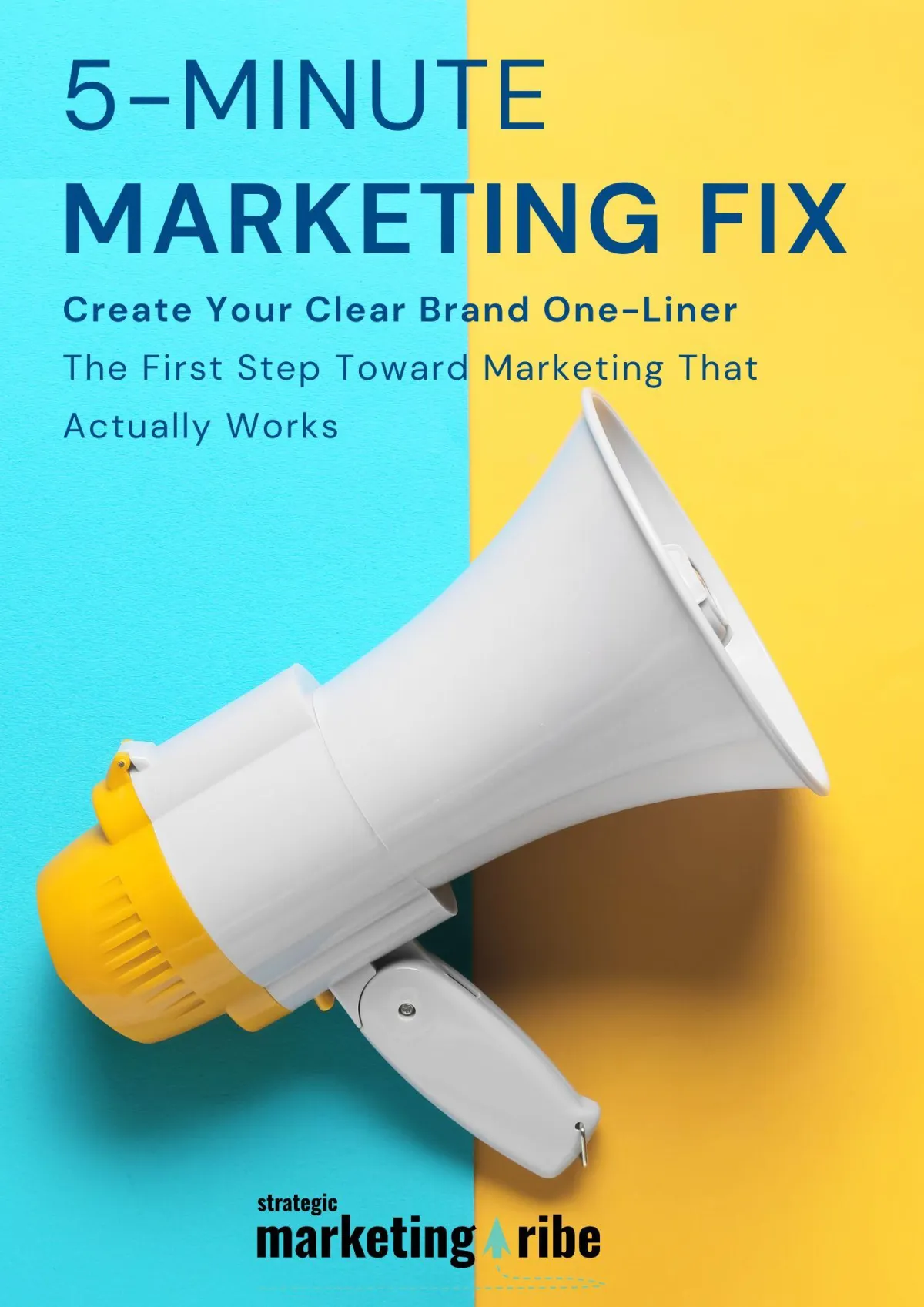NEWS, MEET STRATEGY
Real news, real insights – for small businesses who want to understand what’s happening and why it matters.

American Eagle Ad Backlash—Marketing Lessons You Can’t Ignore
By Vicky Sidler | Published 8 August 2025 at 12:00 GMT
Sydney Sweeney’s latest American Eagle campaign is making waves—and not the good kind.
The tagline “Sydney Sweeney Has Great Genes” (crossed out to say “Jeans”) might have been pitched as clever wordplay, but critics say it tiptoes into dangerous territory. The phrase “good genes” has a long, problematic history linked to eugenics and exclusionary beauty standards, and pairing it with a campaign featuring a white, blonde actress has only added fuel to the fire.
And here’s the kicker—this was supposed to be a charity campaign raising funds for domestic violence awareness, according to Independent. That message? Completely lost in the noise.
TL;DR
American Eagle’s new denim ad with Sydney Sweeney drew backlash over its “Great Genes/Jeans” pun.
Critics called out a lack of diversity and tone-deaf messaging.
The domestic violence charity tie-in wasn’t clear in the ads.
Big-budget campaigns can still flop if they ignore context.
Key lesson: clarity and sensitivity in messaging are non-negotiable.
Need help getting your message right? Download the 5-Minute Marketing Fix.
When Clever Turns Costly:
The idea was simple—play on words, big name celebrity, eye-catching visuals. But clever without context is a gamble. In this case, the cultural baggage behind “great genes” overshadowed everything else, making the campaign’s actual cause invisible.
Small business owners can take note: clever slogans should never come at the cost of clarity or inclusivity. If your audience has to guess—or worse, misunderstand—your meaning, you’re handing them the pitchfork.
The Missing Message Problem:
The jeans were designed with a butterfly motif symbolizing domestic violence awareness, and 100% of proceeds go to Crisis Text Line. That’s a compelling story. But it wasn’t the story told.
Instead, the ads focused on Sweeney’s image and the pun-heavy tagline. The cause was buried so deep you’d need a press release to find it—which most consumers won’t read.
Marketing takeaway: If you’re doing good, make it the headline, not the footnote. Consumers are far more likely to share and support a campaign when the purpose is obvious.
Big Budget ≠ Big Impact:
American Eagle reportedly spent “significantly more” on media buys for this campaign compared to previous ones, plastering Sweeney across billboards in New York and Las Vegas. Yet, the conversation online has been dominated by controversy—not charity.
Throwing more money at ad placement won’t fix a muddled message. Whether your budget is $500 or $5 million, strategy beats spend every time.
How to Avoid the Same Mistake:
You don’t need to be running national campaigns to take these lessons seriously. Here’s how to bulletproof your next promotion:
1. Run the Message Through Multiple Lenses:
Ask: Could this be misinterpreted? Would it read differently to people outside my team’s demographic? If possible, get feedback from people with different backgrounds before launch.
2. Lead With Purpose:
If your campaign is tied to a cause, make it unmissable. Show it in visuals, copy, and calls to action—not just in the press release.
3. Remember: Clarity Beats Clever:
A memorable slogan is great, but not if it clouds the message. StoryBrand principle 101: if you confuse, you lose.
The Vogue AI Side Story:
While American Eagle was dealing with PR fallout, Vogue also caught heat for running a Guess advert featuring an AI-generated model. Critics raised concerns about unrealistic beauty standards, loss of creative jobs, and the erosion of diversity gains.
Both cases point to the same truth: marketing decisions don’t exist in a vacuum. Cultural context matters, and ignoring it can undermine your brand trust—fast.
Your Next Campaign Needs This First:
Before you post, publish, or plaster your message across the internet, make sure it’s clear, inclusive, and anchored in what matters most to your audience.
Not sure how? The 5-Minute Marketing Fix helps you create one sharp, simple sentence that tells people exactly what you do—and why they should care.
Because in marketing, if you don’t control the conversation, someone else will.

Created with clarity (and coffee)







